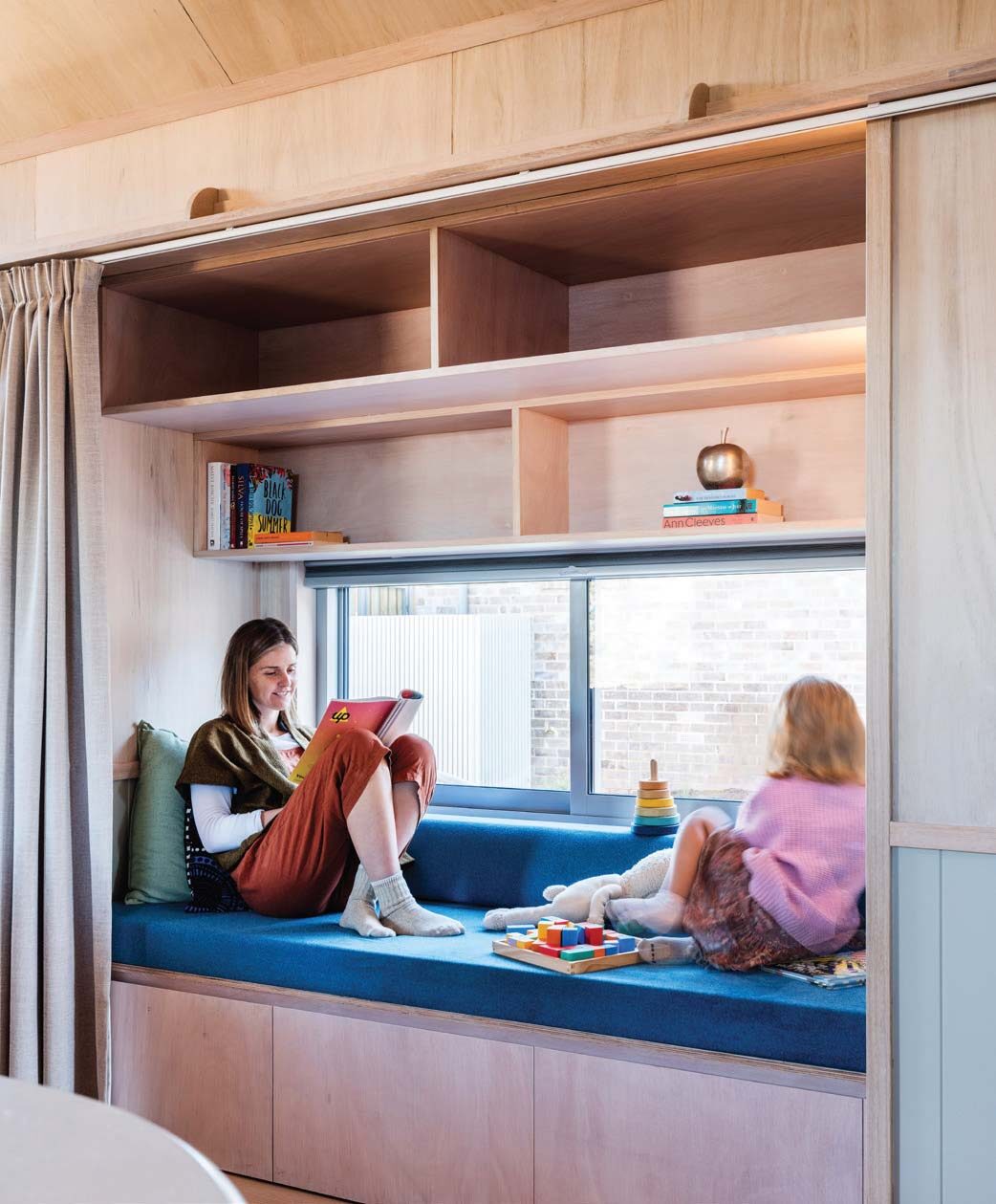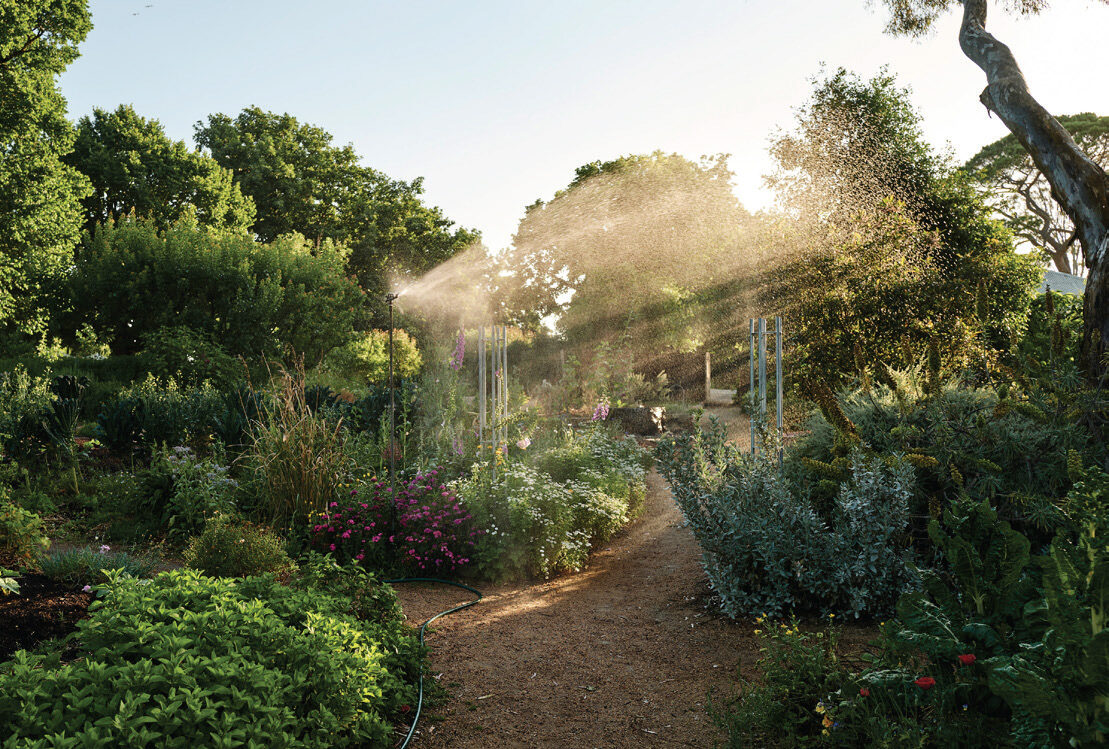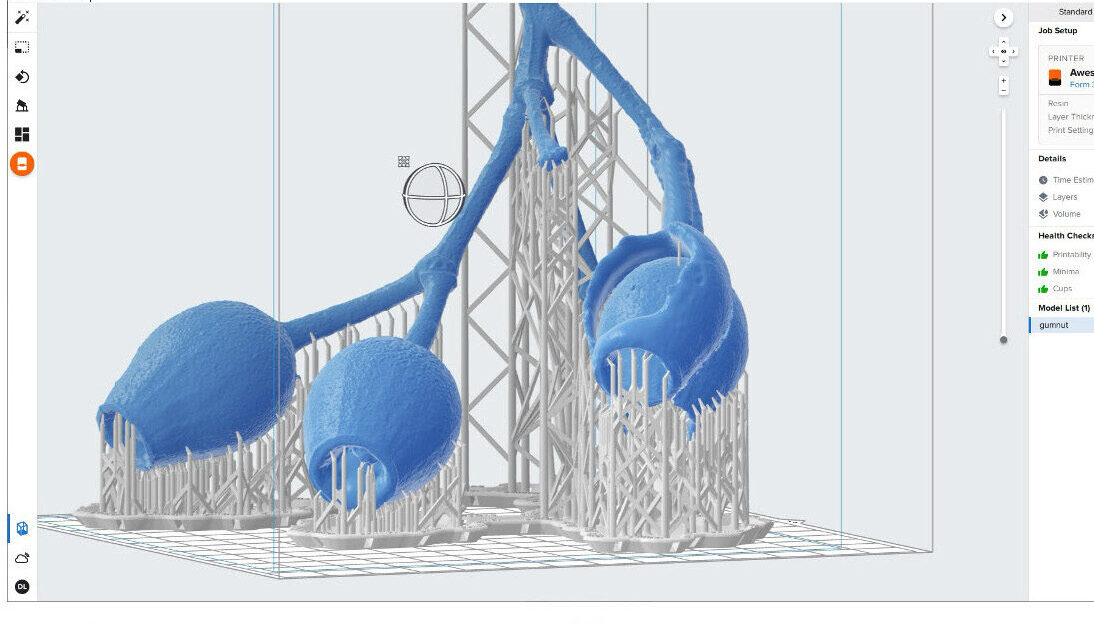Re-valuing
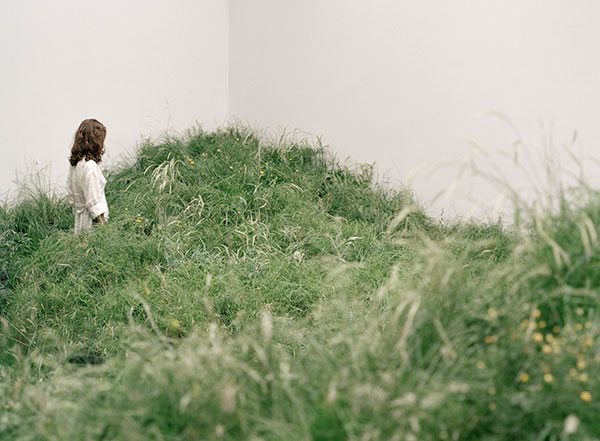
Through process and approaches that engage with multiple notions of heritage including problematic ones of environmental and cultural destruction, architecture can participate in the widening of a heritage discourse.
Conventional understandings of heritage value ‘features belonging to the culture of a particular society, such as traditions, languages, or buildings, which come from the past and are still important’ [1]. Heritage, is really about what is valued (and by whom). When we conserve or memorialise through heritage practises inevitably a displacement occurs, privileging an official collective memory of heritage.
Pioneering urban ecologist Amy K Hahs describes the shaping of our natural and cultural heritage as a result of biodiversity. In this way what is valued takes on a new light: ‘Biodiversity helps shape our natural and cultural heritage and give us a sense of place and identity’, and she goes on to then say, ‘it is important for modifying environmental conditions related to urbanisation. It helps provide us with sustainable and resilient ecosystems, and it is also incredibly important for human health and well-being – for the people who live, work and visit our cities … We can design our cities to manage biodiversity in such a way where we don’t lose as much as we would in the face of non-action’ [2].
When considering a site’s heritage, we may choose to ‘see’ what has not been valued. It is quite possible that architects in Australia will work on or next to remnant bushland [3], even those who work mainly in urban areas. They will almost certainly work on a piece of land that is polluted, as well as one that effects a waterway either directly through runoff or the altering of its hydrology – what do we really know about this micro/macro relationship we are involved in? And they will always be working on top of the land of the First Nations peoples.
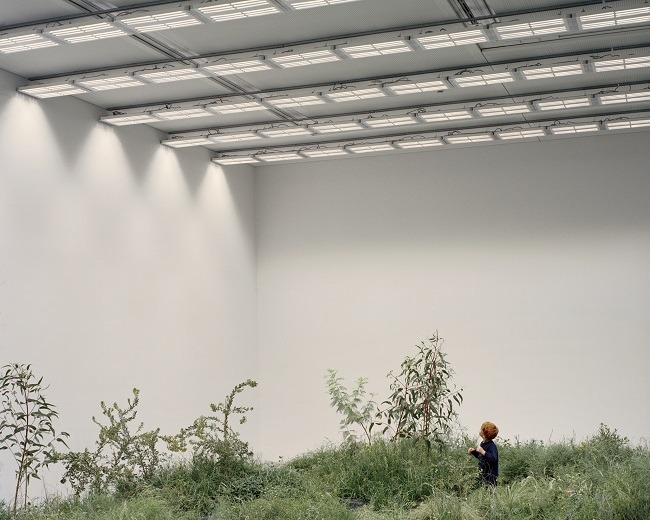
A rethinking of site beyond the (imaginary and very real at the same time) legal (and inherited) boundary is imperative. We simply think of this as micro/macro thinking, nothing new there. What it points to is the importance of physical connectivity in the natural environment, and the connection of acute moments to large systems means that every architectural and landscape project can make a difference: the location of the building and the understanding of this site within the larger context beyond its boundaries, both natural and built – be it a flood plain, wildlife corridor, street, or position along a sacred path among others. All these things exist in our urban, peri-urban and rural built environments. In its turn this consideration influences the design of the building: its shape and interplay with vegetated space, if it seals the ground or not, its level of engagement or offering to the public realm, whether it joins or isolates open space, how it works with stormwater and overland flow and so on, and importantly in this context, what is chosen to be of value. They are about fundamental decisions at the core of a built environment’s framework and the way a building can be meaningful in that framework to widen what is of value, or also, what is not displaced as invaluable.
More recently we proposed that we place more value on the ground [4]; how we use land is a reflection of what we value. Recently we were welcomed to Country by Aunty Carolyn Briggs an Elder of the Boon-wurrung nation. She spent a lot of time referring to ground as sacred, quoting from her: ‘We should all acknowledge the sacred ground on which we stand and this place here is a host to many people from different nations. And we call upon them to continue to respect sacred ground by understanding the history and the heritage of the First Peoples.’ [5]
Notes
[1] Cambridge dictionary. Source: https://www.goggle.com.au/amp/s/dictionary.cambridge.org/amp/english/heritage Accessed 28 July 2019
[2] Amy K Hahs, ‘Soft cities: Making room for nature in our urban future’, in Foreground, 20 April 2017. Source: https:// www.foreground.com.au/environment/biodiversity-in-oururban-future/, accessed 20 November 2017.
[3] Remnant vegetation is native vegetation that has not previously been cleared or grazed since European settlement. It is however in a sort of paralysed state, at a point in time when Indigenous Australians were for the most part forcibly removed and could not continue their land management. For tens of thousands of years, the lives and sense of cultural identity of Indigenous Australians have been inextricably linked to the land, its forms, flora and fauna.
[4] Louise Wright and Mauro Baracco, Baracco+Wright Architects, presentation, ‘Change the Conversation’ (session 4), Collective Agency, National Architecture Conference 2019, Australian Institute of Architects, curated by Monique Woodward and Stephen Choi, Melbourne, 21—22 June 2019.
[5] ‘Welcome to Country’, Carolyn Briggs, Eumeralla, a requiem for peace, written and directed by Deborah Cheetham, performed with Melbourne Symphony Orchestra, Hamer Hall, Melbourne, 15 June 2019 .
Mauro Baracco PhD, is a director of Baracco+Wright Architects. Founded in 2004, the practice seeks opportunities to position architecture in a catalytic role.
Louise Wright PhD, is a director of Baracco+Wright Architects. In 2018 Mauro and Louise were the Creative Directors of the Australian Pavilion facilitated by the Australian Institute of Architects, at the 16th International Venice Architecture Biennale in collaboration with Linda Tegg, and presented the theme Repair.
Published online:
08 Jun 2022
Source:
Architect Victoria
Siting Heritage
Spring 2019
